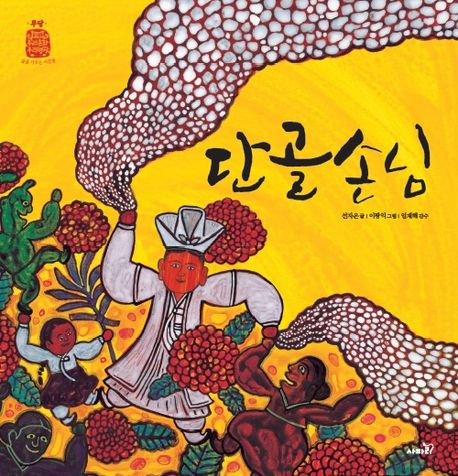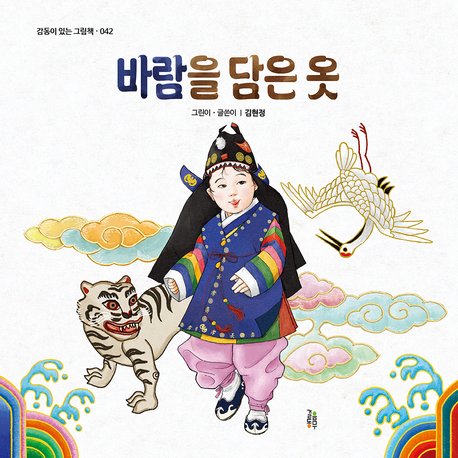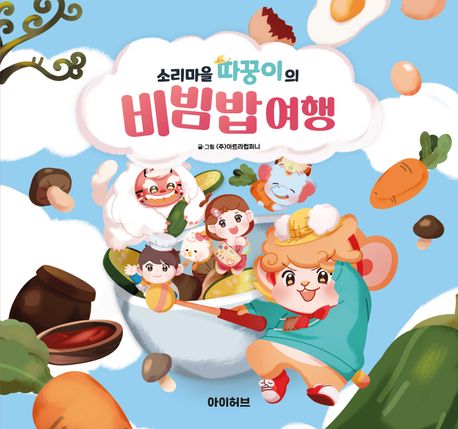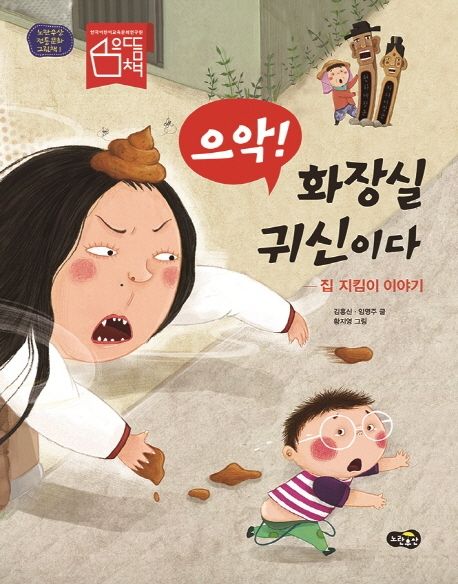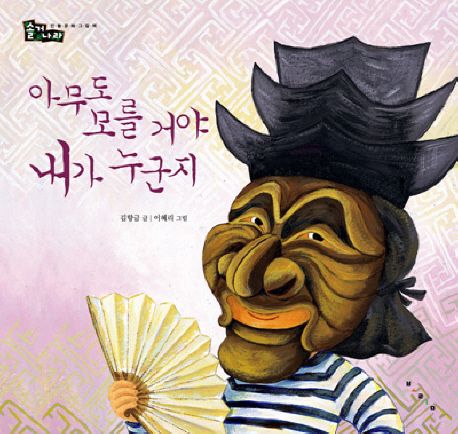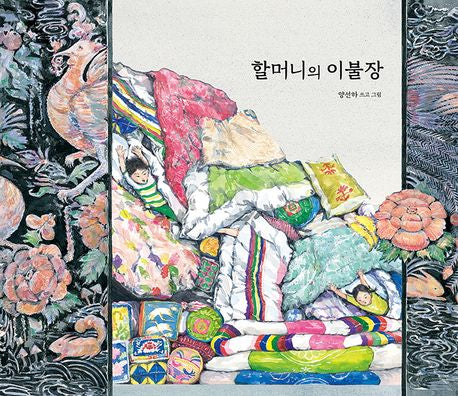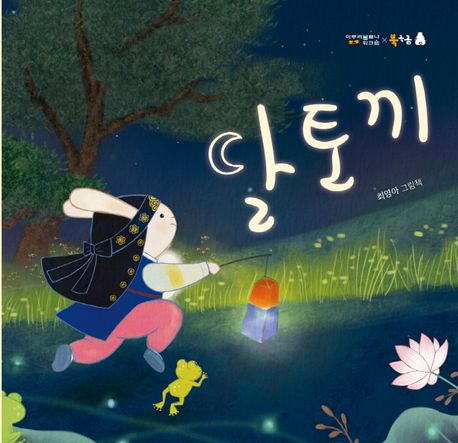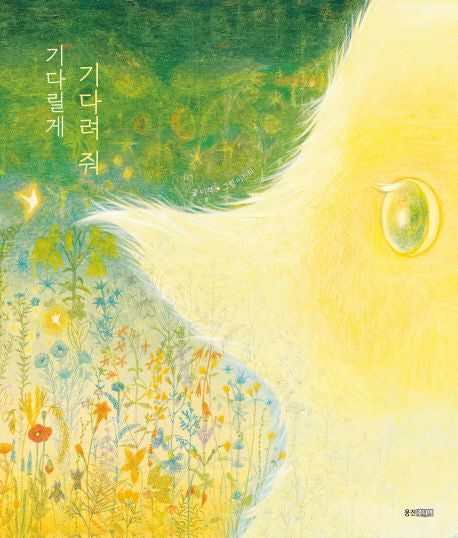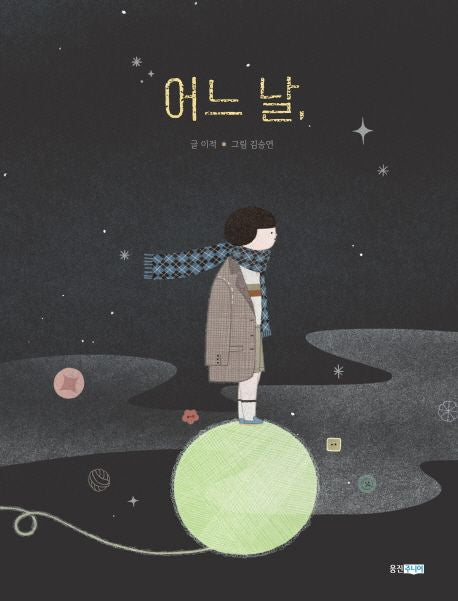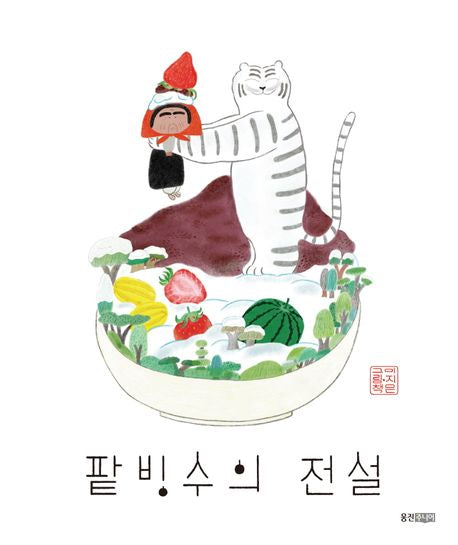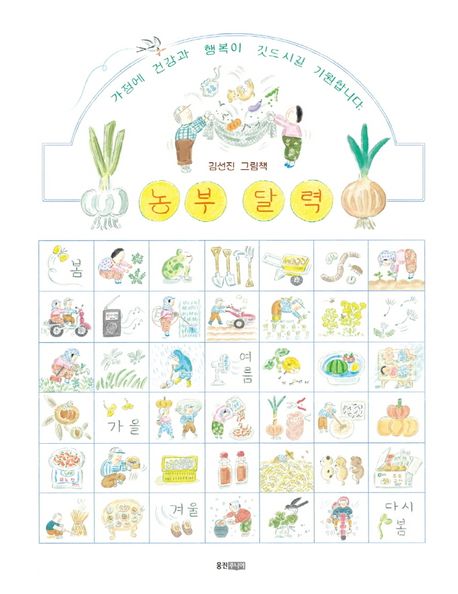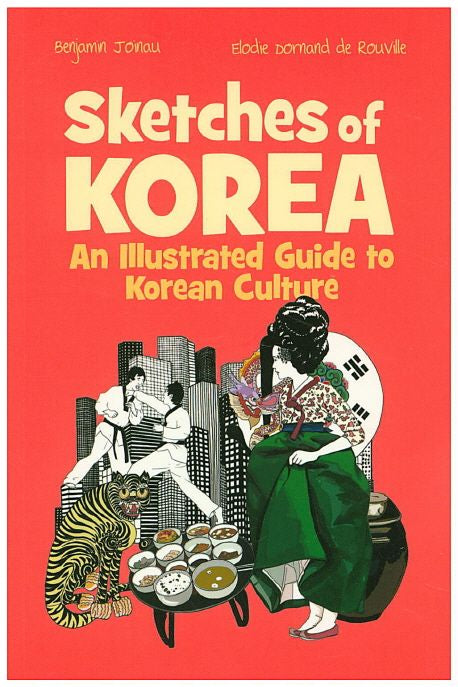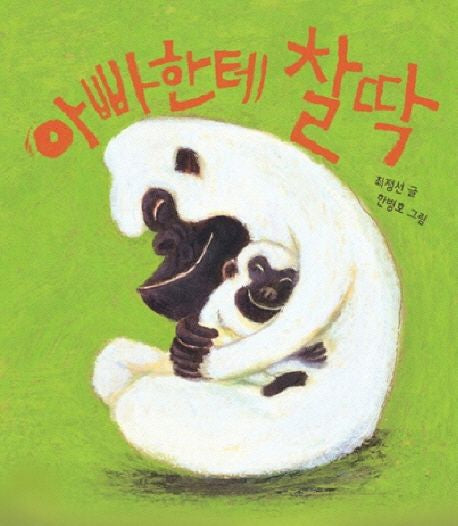{"id":9057510523098,"title":"Regular Visitor Korean Edition","handle":"regular-visitor-korean-edition","description":"\u003cblockquote data-start=\"172\" data-end=\"424\"\u003e\n\u003cp data-start=\"214\" data-end=\"325\"\u003e\u003cstrong data-start=\"214\" data-end=\"325\"\u003eA Picture Book about “Mudang,” the Origin of Korean Art and Ritual —\u003cbr data-start=\"284\" data-end=\"287\"\u003eServing the Well-Being of the People\u003c\/strong\u003e\u003c\/p\u003e\n\u003cp data-start=\"327\" data-end=\"514\"\u003eWhen tracing the roots of Korean culture, one cannot overlook the \u003cstrong data-start=\"393\" data-end=\"403\"\u003emudang\u003c\/strong\u003e —\u003cbr data-start=\"405\" data-end=\"408\"\u003ethe traditional shaman who stood at the center of spiritual life since the era of ancient tribal states.\u003c\/p\u003e\n\u003cp data-start=\"516\" data-end=\"877\"\u003eThe \u003cstrong data-start=\"520\" data-end=\"530\"\u003emudang\u003c\/strong\u003e served as a \u003cstrong data-start=\"543\" data-end=\"553\"\u003epriest\u003c\/strong\u003e, performing rituals for the nation’s peace and prosperity;\u003cbr data-start=\"612\" data-end=\"615\"\u003ea \u003cstrong data-start=\"617\" data-end=\"627\"\u003ehealer\u003c\/strong\u003e, treating illness and misfortune; and a \u003cstrong data-start=\"668\" data-end=\"679\"\u003eprophet\u003c\/strong\u003e, foretelling what was to come.\u003cbr data-start=\"710\" data-end=\"713\"\u003eThrough song and dance during a \u003cstrong data-start=\"745\" data-end=\"752\"\u003egut\u003c\/strong\u003e (shamanic ritual),\u003cbr data-start=\"771\" data-end=\"774\"\u003ethey expressed deep religious emotion while creating an art form rich in rhythm, color, and movement.\u003c\/p\u003e\n\u003cp data-start=\"879\" data-end=\"1191\"\u003eThe \u003cem data-start=\"883\" data-end=\"889\"\u003emuga\u003c\/em\u003e (shamanic chants) influenced major works of Korean oral literature such as\u003cbr data-start=\"964\" data-end=\"967\"\u003e\u003cem data-start=\"967\" data-end=\"982\"\u003ePrincess Bari\u003c\/em\u003e, \u003cem data-start=\"984\" data-end=\"1009\"\u003eThe Tale of Shim Cheong\u003c\/em\u003e, and \u003cem data-start=\"1015\" data-end=\"1024\"\u003eSalpuri\u003c\/em\u003e,\u003cbr data-start=\"1025\" data-end=\"1028\"\u003eand have left a profound imprint on \u003cstrong data-start=\"1064\" data-end=\"1075\"\u003epansori\u003c\/strong\u003e, myth, and classical storytelling —\u003cbr data-start=\"1111\" data-end=\"1114\"\u003ebecoming a vital current that flows through today’s Korean art and culture.\u003c\/p\u003e\n\u003cp data-start=\"1193\" data-end=\"1519\"\u003eHowever, as foreign religions entered Korea and shamanism declined,\u003cbr data-start=\"1260\" data-end=\"1263\"\u003ethe \u003cstrong data-start=\"1267\" data-end=\"1277\"\u003emudang\u003c\/strong\u003e, once a respected intermediary between humans and gods,\u003cbr data-start=\"1333\" data-end=\"1336\"\u003ecame to be regarded as a “fortune teller” or “superstitious figure.”\u003cbr data-start=\"1404\" data-end=\"1407\"\u003eThe \u003cstrong data-start=\"1411\" data-end=\"1418\"\u003egut\u003c\/strong\u003e, once a communal ceremony for well-being,\u003cbr data-start=\"1460\" data-end=\"1463\"\u003esurvived merely as a cultural relic remembered by few.\u003c\/p\u003e\n\u003cp data-start=\"1521\" data-end=\"1967\"\u003eBecause of this shift, \u003cstrong data-start=\"1544\" data-end=\"1636\"\u003eshamanism and its practitioners have often been excluded from Korea’s cultural narrative\u003c\/strong\u003e,\u003cbr data-start=\"1637\" data-end=\"1640\"\u003eand there have been almost no books introducing this heritage to children with understanding and respect.\u003cbr data-start=\"1745\" data-end=\"1748\"\u003eTo fill that gap, \u003cstrong data-start=\"1766\" data-end=\"1787\"\u003eSafari Publishing\u003c\/strong\u003e created \u003cem data-start=\"1796\" data-end=\"1829\"\u003eRegular Visitor (Danggolsonnim)\u003c\/em\u003e —\u003cbr data-start=\"1831\" data-end=\"1834\"\u003ethe first Korean picture book to re-examine the \u003cem data-start=\"1882\" data-end=\"1890\"\u003emudang\u003c\/em\u003e\u003cbr data-start=\"1890\" data-end=\"1893\"\u003eas a symbol of \u003cstrong data-start=\"1908\" data-end=\"1946\"\u003eart, ritual, and community healing\u003c\/strong\u003e, not superstition.\u003c\/p\u003e\n\u003cp data-start=\"1969\" data-end=\"2138\"\u003eIn this story, the \u003cem data-start=\"1988\" data-end=\"1996\"\u003emudang\u003c\/em\u003e is portrayed not as a religious or mystical figure,\u003cbr data-start=\"2048\" data-end=\"2051\"\u003ebut as a \u003cem data-start=\"2060\" data-end=\"2066\"\u003ekkun\u003c\/em\u003e — a performer who serves her village by conducting rituals for peace.\u003c\/p\u003e\n\u003cp data-start=\"2140\" data-end=\"2527\"\u003eThe title \u003cem data-start=\"2150\" data-end=\"2165\"\u003eDanggolsonnim\u003c\/em\u003e itself carries a double meaning:\u003cbr data-start=\"2198\" data-end=\"2201\"\u003e“Danggol” refers to the village shaman who was always called upon in times of need,\u003cbr data-start=\"2284\" data-end=\"2287\"\u003eand “Son-nim” means both “guest” and the illness known as \u003cem data-start=\"2345\" data-end=\"2351\"\u003emama\u003c\/em\u003e (smallpox).\u003cbr data-start=\"2363\" data-end=\"2366\"\u003eThus, the “Regular Visitor” represents both the people who once sought healing through ritual,\u003cbr data-start=\"2460\" data-end=\"2463\"\u003eand the community that reunites through the shaman’s ceremony.\u003c\/p\u003e\n\u003cp data-start=\"2529\" data-end=\"2938\"\u003eAuthor \u003cstrong data-start=\"2536\" data-end=\"2550\"\u003eSun Ja-eun\u003c\/strong\u003e and illustrator \u003cstrong data-start=\"2567\" data-end=\"2583\"\u003eLee Kwang-ik\u003c\/strong\u003e sought to depict the \u003cem data-start=\"2605\" data-end=\"2613\"\u003emudang\u003c\/em\u003e\u003cbr data-start=\"2613\" data-end=\"2616\"\u003ein a way that removes fear or distance, allowing children to approach the subject openly.\u003cbr data-start=\"2705\" data-end=\"2708\"\u003eRather than explaining shamanism directly, they tell the story of \u003cstrong data-start=\"2774\" data-end=\"2782\"\u003eYeon\u003c\/strong\u003e,\u003cbr data-start=\"2783\" data-end=\"2786\"\u003ea girl who feels ashamed of her shaman mother,\u003cbr data-start=\"2832\" data-end=\"2835\"\u003eand the villagers who, faced with an outbreak of \u003cem data-start=\"2884\" data-end=\"2890\"\u003emama\u003c\/em\u003e, learn the value of healing and togetherness.\u003c\/p\u003e\n\u003cp data-start=\"2940\" data-end=\"3319\"\u003eThe illustrations, inspired by the beauty and vibrancy of \u003cstrong data-start=\"2998\" data-end=\"3026\"\u003etraditional shaman robes\u003c\/strong\u003e,\u003cbr data-start=\"3027\" data-end=\"3030\"\u003ebalance vivid color with quiet restraint through generous use of white space.\u003cbr data-start=\"3107\" data-end=\"3110\"\u003eAn information section at the end of the book further explains\u003cbr data-start=\"3172\" data-end=\"3175\"\u003ethe \u003cem data-start=\"3179\" data-end=\"3187\"\u003emudang\u003c\/em\u003e, \u003cem data-start=\"3189\" data-end=\"3194\"\u003egut\u003c\/em\u003e, \u003cem data-start=\"3196\" data-end=\"3208\"\u003esonnim-gut\u003c\/em\u003e, and \u003cem data-start=\"3214\" data-end=\"3231\"\u003emama (smallpox)\u003c\/em\u003e,\u003cbr data-start=\"3232\" data-end=\"3235\"\u003ehelping readers to understand the cultural and historical background of the story.\u003c\/p\u003e\n\u003c\/blockquote\u003e","published_at":"2025-10-16T17:07:14+09:00","created_at":"2025-10-16T17:06:02+09:00","vendor":"safari","type":"KOREAN BOOKS","tags":["Korean illustration","Korean picture book","Regular Visitor"],"price":1800,"price_min":1800,"price_max":1800,"available":true,"price_varies":false,"compare_at_price":null,"compare_at_price_min":0,"compare_at_price_max":0,"compare_at_price_varies":false,"variants":[{"id":47012408656090,"title":"Default Title","option1":"Default Title","option2":null,"option3":null,"sku":null,"requires_shipping":true,"taxable":true,"featured_image":null,"available":true,"name":"Regular Visitor Korean Edition","public_title":null,"options":["Default Title"],"price":1800,"weight":500,"compare_at_price":null,"inventory_quantity":20,"inventory_management":"shopify","inventory_policy":"deny","barcode":null,"requires_selling_plan":false,"selling_plan_allocations":[]}],"images":["\/\/i-eung.com\/cdn\/shop\/files\/RegularVisitor_Danggolsonnim.jpg?v=1760601984","\/\/i-eung.com\/cdn\/shop\/files\/RegularVisitor_Danggolsonnim_-1.jpg?v=1760601984"],"featured_image":"\/\/i-eung.com\/cdn\/shop\/files\/RegularVisitor_Danggolsonnim.jpg?v=1760601984","options":["Title"],"media":[{"alt":null,"id":40325455773914,"position":1,"preview_image":{"aspect_ratio":0.962,"height":476,"width":458,"src":"\/\/i-eung.com\/cdn\/shop\/files\/RegularVisitor_Danggolsonnim.jpg?v=1760601984"},"aspect_ratio":0.962,"height":476,"media_type":"image","src":"\/\/i-eung.com\/cdn\/shop\/files\/RegularVisitor_Danggolsonnim.jpg?v=1760601984","width":458},{"alt":null,"id":40325455806682,"position":2,"preview_image":{"aspect_ratio":0.472,"height":1724,"width":814,"src":"\/\/i-eung.com\/cdn\/shop\/files\/RegularVisitor_Danggolsonnim_-1.jpg?v=1760601984"},"aspect_ratio":0.472,"height":1724,"media_type":"image","src":"\/\/i-eung.com\/cdn\/shop\/files\/RegularVisitor_Danggolsonnim_-1.jpg?v=1760601984","width":814}],"requires_selling_plan":false,"selling_plan_groups":[],"content":"\u003cblockquote data-start=\"172\" data-end=\"424\"\u003e\n\u003cp data-start=\"214\" data-end=\"325\"\u003e\u003cstrong data-start=\"214\" data-end=\"325\"\u003eA Picture Book about “Mudang,” the Origin of Korean Art and Ritual —\u003cbr data-start=\"284\" data-end=\"287\"\u003eServing the Well-Being of the People\u003c\/strong\u003e\u003c\/p\u003e\n\u003cp data-start=\"327\" data-end=\"514\"\u003eWhen tracing the roots of Korean culture, one cannot overlook the \u003cstrong data-start=\"393\" data-end=\"403\"\u003emudang\u003c\/strong\u003e —\u003cbr data-start=\"405\" data-end=\"408\"\u003ethe traditional shaman who stood at the center of spiritual life since the era of ancient tribal states.\u003c\/p\u003e\n\u003cp data-start=\"516\" data-end=\"877\"\u003eThe \u003cstrong data-start=\"520\" data-end=\"530\"\u003emudang\u003c\/strong\u003e served as a \u003cstrong data-start=\"543\" data-end=\"553\"\u003epriest\u003c\/strong\u003e, performing rituals for the nation’s peace and prosperity;\u003cbr data-start=\"612\" data-end=\"615\"\u003ea \u003cstrong data-start=\"617\" data-end=\"627\"\u003ehealer\u003c\/strong\u003e, treating illness and misfortune; and a \u003cstrong data-start=\"668\" data-end=\"679\"\u003eprophet\u003c\/strong\u003e, foretelling what was to come.\u003cbr data-start=\"710\" data-end=\"713\"\u003eThrough song and dance during a \u003cstrong data-start=\"745\" data-end=\"752\"\u003egut\u003c\/strong\u003e (shamanic ritual),\u003cbr data-start=\"771\" data-end=\"774\"\u003ethey expressed deep religious emotion while creating an art form rich in rhythm, color, and movement.\u003c\/p\u003e\n\u003cp data-start=\"879\" data-end=\"1191\"\u003eThe \u003cem data-start=\"883\" data-end=\"889\"\u003emuga\u003c\/em\u003e (shamanic chants) influenced major works of Korean oral literature such as\u003cbr data-start=\"964\" data-end=\"967\"\u003e\u003cem data-start=\"967\" data-end=\"982\"\u003ePrincess Bari\u003c\/em\u003e, \u003cem data-start=\"984\" data-end=\"1009\"\u003eThe Tale of Shim Cheong\u003c\/em\u003e, and \u003cem data-start=\"1015\" data-end=\"1024\"\u003eSalpuri\u003c\/em\u003e,\u003cbr data-start=\"1025\" data-end=\"1028\"\u003eand have left a profound imprint on \u003cstrong data-start=\"1064\" data-end=\"1075\"\u003epansori\u003c\/strong\u003e, myth, and classical storytelling —\u003cbr data-start=\"1111\" data-end=\"1114\"\u003ebecoming a vital current that flows through today’s Korean art and culture.\u003c\/p\u003e\n\u003cp data-start=\"1193\" data-end=\"1519\"\u003eHowever, as foreign religions entered Korea and shamanism declined,\u003cbr data-start=\"1260\" data-end=\"1263\"\u003ethe \u003cstrong data-start=\"1267\" data-end=\"1277\"\u003emudang\u003c\/strong\u003e, once a respected intermediary between humans and gods,\u003cbr data-start=\"1333\" data-end=\"1336\"\u003ecame to be regarded as a “fortune teller” or “superstitious figure.”\u003cbr data-start=\"1404\" data-end=\"1407\"\u003eThe \u003cstrong data-start=\"1411\" data-end=\"1418\"\u003egut\u003c\/strong\u003e, once a communal ceremony for well-being,\u003cbr data-start=\"1460\" data-end=\"1463\"\u003esurvived merely as a cultural relic remembered by few.\u003c\/p\u003e\n\u003cp data-start=\"1521\" data-end=\"1967\"\u003eBecause of this shift, \u003cstrong data-start=\"1544\" data-end=\"1636\"\u003eshamanism and its practitioners have often been excluded from Korea’s cultural narrative\u003c\/strong\u003e,\u003cbr data-start=\"1637\" data-end=\"1640\"\u003eand there have been almost no books introducing this heritage to children with understanding and respect.\u003cbr data-start=\"1745\" data-end=\"1748\"\u003eTo fill that gap, \u003cstrong data-start=\"1766\" data-end=\"1787\"\u003eSafari Publishing\u003c\/strong\u003e created \u003cem data-start=\"1796\" data-end=\"1829\"\u003eRegular Visitor (Danggolsonnim)\u003c\/em\u003e —\u003cbr data-start=\"1831\" data-end=\"1834\"\u003ethe first Korean picture book to re-examine the \u003cem data-start=\"1882\" data-end=\"1890\"\u003emudang\u003c\/em\u003e\u003cbr data-start=\"1890\" data-end=\"1893\"\u003eas a symbol of \u003cstrong data-start=\"1908\" data-end=\"1946\"\u003eart, ritual, and community healing\u003c\/strong\u003e, not superstition.\u003c\/p\u003e\n\u003cp data-start=\"1969\" data-end=\"2138\"\u003eIn this story, the \u003cem data-start=\"1988\" data-end=\"1996\"\u003emudang\u003c\/em\u003e is portrayed not as a religious or mystical figure,\u003cbr data-start=\"2048\" data-end=\"2051\"\u003ebut as a \u003cem data-start=\"2060\" data-end=\"2066\"\u003ekkun\u003c\/em\u003e — a performer who serves her village by conducting rituals for peace.\u003c\/p\u003e\n\u003cp data-start=\"2140\" data-end=\"2527\"\u003eThe title \u003cem data-start=\"2150\" data-end=\"2165\"\u003eDanggolsonnim\u003c\/em\u003e itself carries a double meaning:\u003cbr data-start=\"2198\" data-end=\"2201\"\u003e“Danggol” refers to the village shaman who was always called upon in times of need,\u003cbr data-start=\"2284\" data-end=\"2287\"\u003eand “Son-nim” means both “guest” and the illness known as \u003cem data-start=\"2345\" data-end=\"2351\"\u003emama\u003c\/em\u003e (smallpox).\u003cbr data-start=\"2363\" data-end=\"2366\"\u003eThus, the “Regular Visitor” represents both the people who once sought healing through ritual,\u003cbr data-start=\"2460\" data-end=\"2463\"\u003eand the community that reunites through the shaman’s ceremony.\u003c\/p\u003e\n\u003cp data-start=\"2529\" data-end=\"2938\"\u003eAuthor \u003cstrong data-start=\"2536\" data-end=\"2550\"\u003eSun Ja-eun\u003c\/strong\u003e and illustrator \u003cstrong data-start=\"2567\" data-end=\"2583\"\u003eLee Kwang-ik\u003c\/strong\u003e sought to depict the \u003cem data-start=\"2605\" data-end=\"2613\"\u003emudang\u003c\/em\u003e\u003cbr data-start=\"2613\" data-end=\"2616\"\u003ein a way that removes fear or distance, allowing children to approach the subject openly.\u003cbr data-start=\"2705\" data-end=\"2708\"\u003eRather than explaining shamanism directly, they tell the story of \u003cstrong data-start=\"2774\" data-end=\"2782\"\u003eYeon\u003c\/strong\u003e,\u003cbr data-start=\"2783\" data-end=\"2786\"\u003ea girl who feels ashamed of her shaman mother,\u003cbr data-start=\"2832\" data-end=\"2835\"\u003eand the villagers who, faced with an outbreak of \u003cem data-start=\"2884\" data-end=\"2890\"\u003emama\u003c\/em\u003e, learn the value of healing and togetherness.\u003c\/p\u003e\n\u003cp data-start=\"2940\" data-end=\"3319\"\u003eThe illustrations, inspired by the beauty and vibrancy of \u003cstrong data-start=\"2998\" data-end=\"3026\"\u003etraditional shaman robes\u003c\/strong\u003e,\u003cbr data-start=\"3027\" data-end=\"3030\"\u003ebalance vivid color with quiet restraint through generous use of white space.\u003cbr data-start=\"3107\" data-end=\"3110\"\u003eAn information section at the end of the book further explains\u003cbr data-start=\"3172\" data-end=\"3175\"\u003ethe \u003cem data-start=\"3179\" data-end=\"3187\"\u003emudang\u003c\/em\u003e, \u003cem data-start=\"3189\" data-end=\"3194\"\u003egut\u003c\/em\u003e, \u003cem data-start=\"3196\" data-end=\"3208\"\u003esonnim-gut\u003c\/em\u003e, and \u003cem data-start=\"3214\" data-end=\"3231\"\u003emama (smallpox)\u003c\/em\u003e,\u003cbr data-start=\"3232\" data-end=\"3235\"\u003ehelping readers to understand the cultural and historical background of the story.\u003c\/p\u003e\n\u003c\/blockquote\u003e"}
Regular Visitor Korean Edition
Related Products
One day Korean Edition
$15.00
